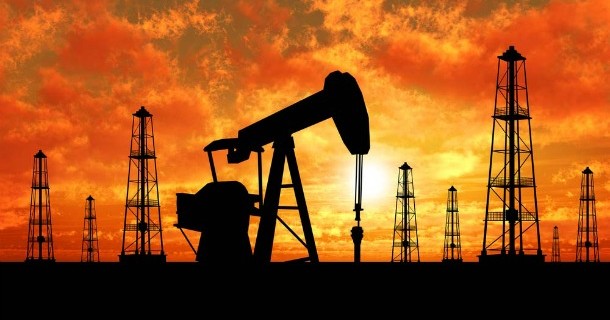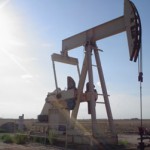Deloitte: 2016 outlook on the oil and gas industry

Prices continued to drop in the oil and gas industry in 2015. In less than a year, upstream oil and gas companies faced a 50% drop in revenues. Looking ahead to 2016, Deloitte sees positive developments that could help the industry evolve to a better place. Demand, decline, production, and a leaner, stronger industry will all have an impact.
John England, US Oil & Gas leader, Deloitte LLP, provides his take on what happened over the past year, what did not, and the opportunities that lie ahead for the US oil and gas industry.
He commented: As 2015 comes to a close, I am struck by what a unique year this was in the always-fascinating and dynamic world of oil and gas. 2014 was a year marked by a price shock that rapidly brought us from our “new normal” (or so we thought) of $90-$100/bbl to prices around $60/bbl by the end of the year. In 2015, oil prices continued to trend lower, getting down to the $40-50/bbl range since mid-summer and dipping below $40/bbl in December. In less than a year, upstream oil and gas companies faced 50% drop in revenues.
He further explained that the industry responded by experiencing five stages of grief: denial, anger, bargaining, depression, and acceptance.
He added: for the most part, 2015 saw the exploration and production sector of the industry pull out the 1980’s playbook for a severe price decline:
- Cut capex and defer major capital projects
- Cut opex and headcount
- Push suppliers for better pricing
- Hope for better prices.
The first three have been quite effective at reducing costs and preserving cash. The fourth one is still in progress, and England commented: “although I often hear ‘hope is not a strategy,’ it sure beats ‘no hope,’ at least when it comes to morale.
Looking ahead to 2016, England does see some positive development that should get the industry to a better place from a pricing perspective:
- Demand: US demand is responding to lower oil prices in the usual let’s-go-buy-a-new-car, or better yet, a-massive-SUV kind of way. As auto sales go up, expect to see increased US demand. More broadly, Asian demand, beyond just China is showing strong growth. China itself, despite the stock market jitters of the summer, remains a huge source of global demand and China’s move to allow two children per family, rather than one, promises to double the numbers of drivers (and thus, fuel buyers) at some point in the future.
- Decline: Why is decline in the hope section? Because natural reservoir production decline, which has historically been 4 to 5% globally, means that even without demand growth, the oil and gas industry must produce another 4 MMb/d every year just to keep up with current demand. This naturally puts upward pressure on pricing.
- Production: As noted above, total US production finally started to decline and that trend is expected to continue in 2016. More broadly, billions of dollars of investments have been deferred due to the low price environment, which translates to millions of barrels that will not be produced in the years to come. This sets the stage for a price rally.
- A leaner, stronger industry: More than anything else in business, England believes in the power of free markets. “Just as I believe the high prices of natural gas were a critical impetus for the development of the shale gas revolution, I believe today’s low crude prices are forcing an equally powerful innovation in the way oil is being developed and produced. Price forces innovation and I believe we are still in the early stages of what can be achieved in terms of reducing unit costs of oil production and ultimately increasing unit margin and achieving higher return on capital employed,” he said. “The endgame is an oil and gas industry that will be stronger, leaner, and built to last.”
Source: Offshore – Deloitte: 2016 outlook on the oil and gas industry





























